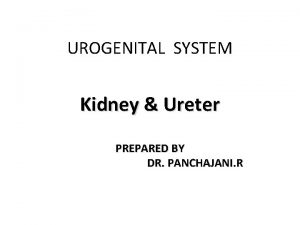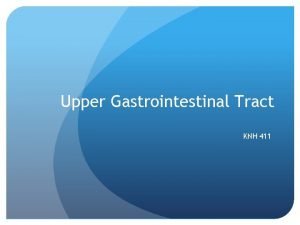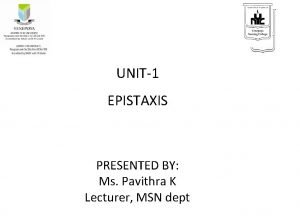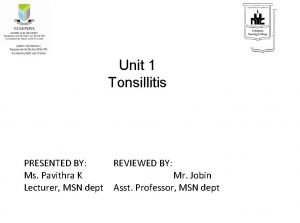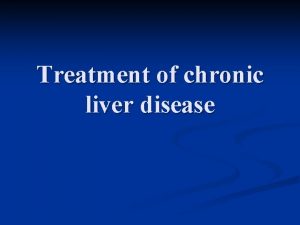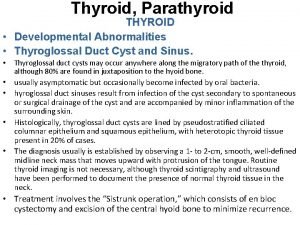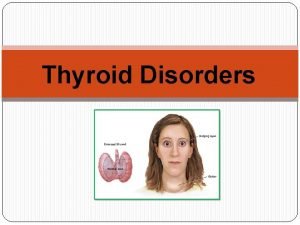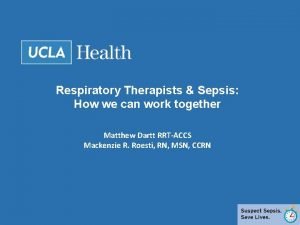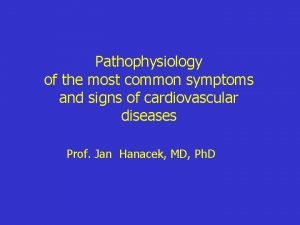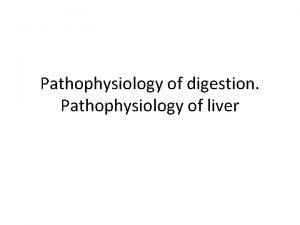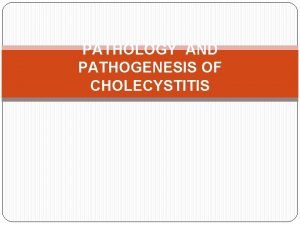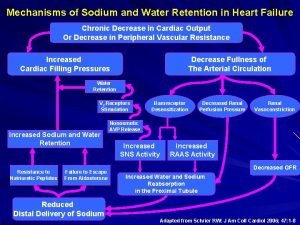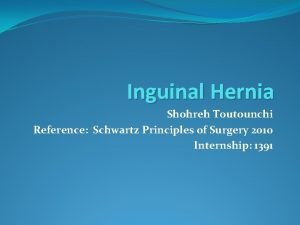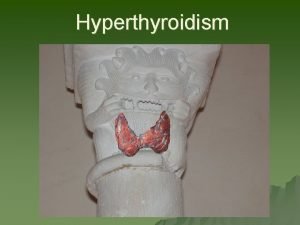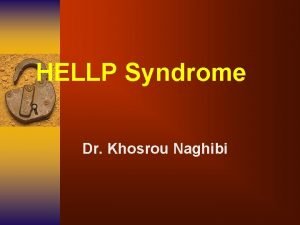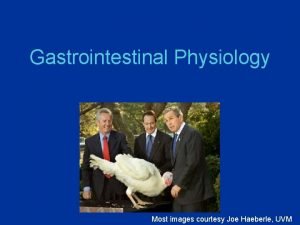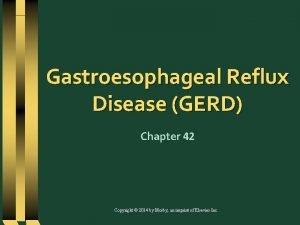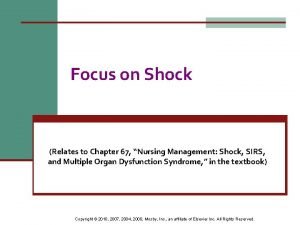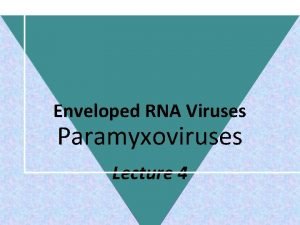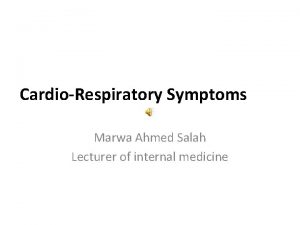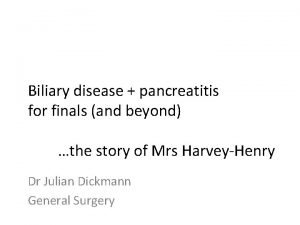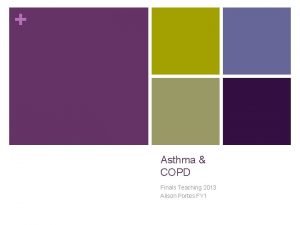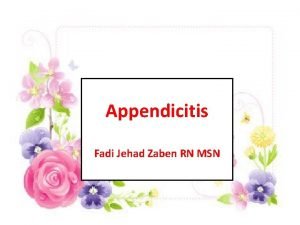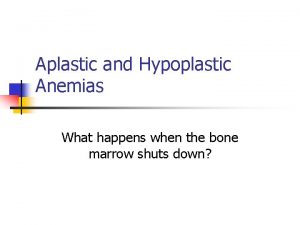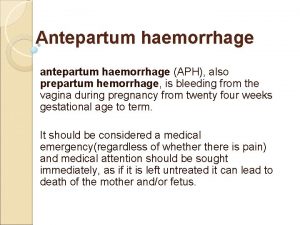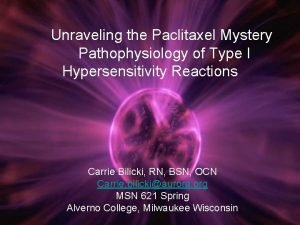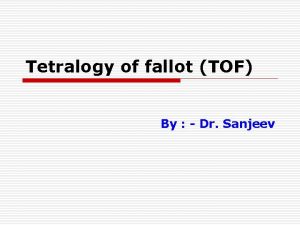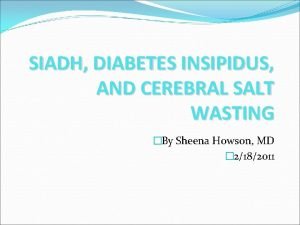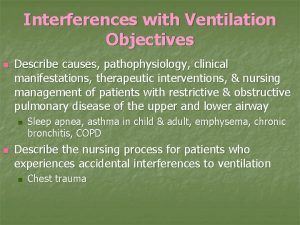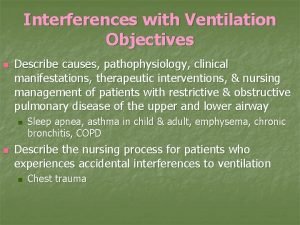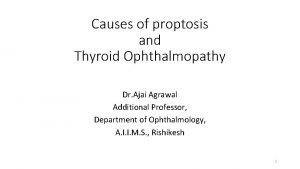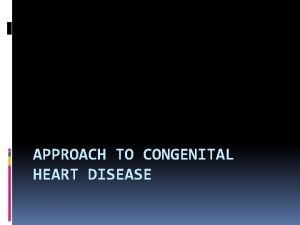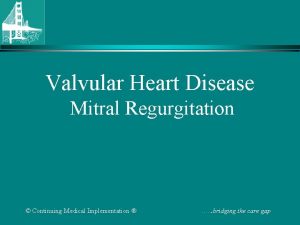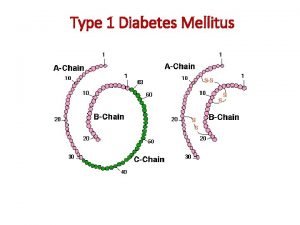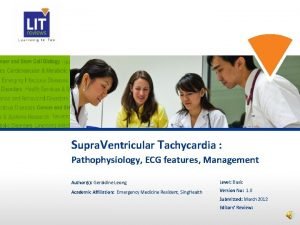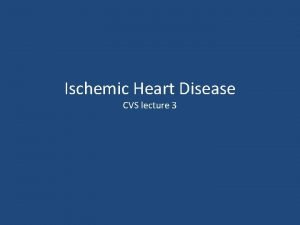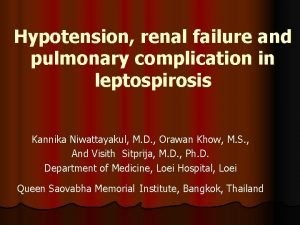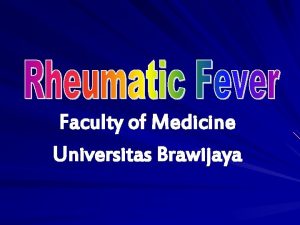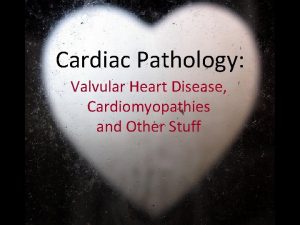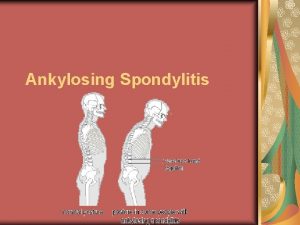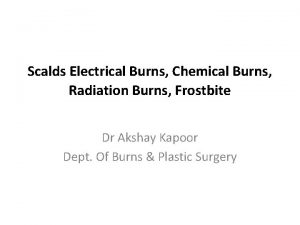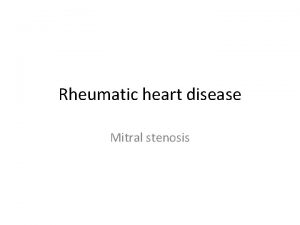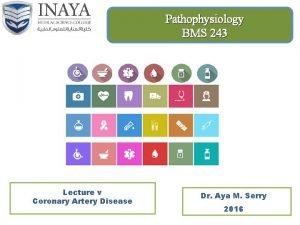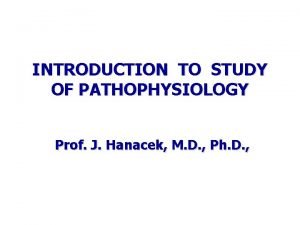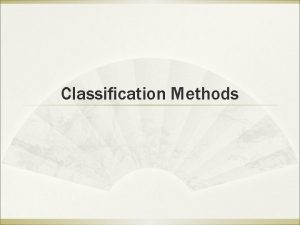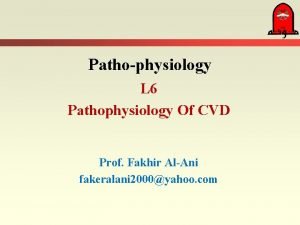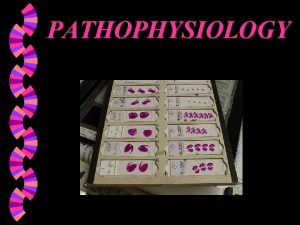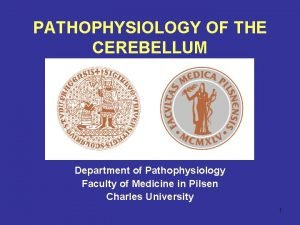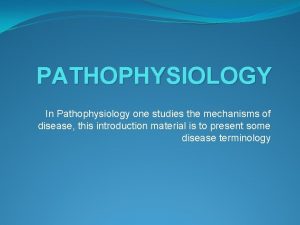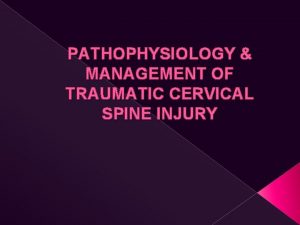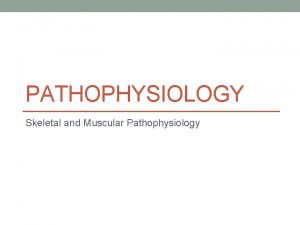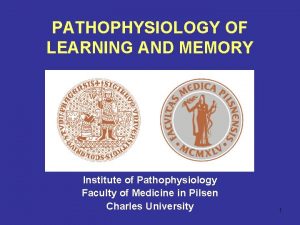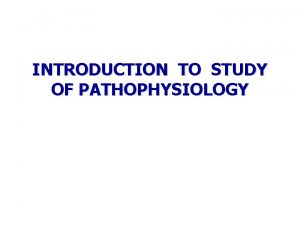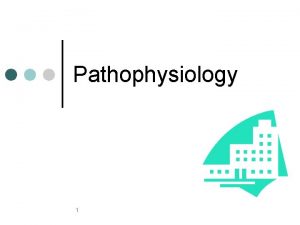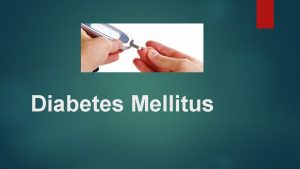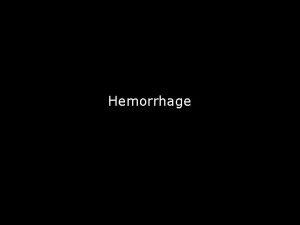Contents o o o o Definition Classification Pathophysiology

























































- Slides: 57


Contents o o o o Definition & Classification Pathophysiology Clinical Presentation Risk Stratification Medical therapy Treatment Strategies & Intervention Prinzmetal Variant Angina

Definition o UA n angina pectoris or equivalent ischemic discomfort with at least one of three 1. at rest (or with minimal exertion) usually lasting > 20 min 2. severe and of new onset: , within the prior 4 to 6 weeks) 3. with a crescendo pattern: distinctly more severe, prolonged, or frequent o NSTEMI n the clinical features of UA develops evidence of myocardial necrosis, as reflected in elevated cardiac biomarkers.

Acute Coronary Syndrome o Rapid progression of coronary obstruction by intravascular thrombus 1. STEMI 2. Unstable angina pectoris NSTE-ACS 3. NSTEMI 4. Sudden cardiac death 5. Complications of PCIs

Plaque Rupture: Spontaneous or Post-PCI Atherosclerotic Plaque Rupture Acute MI Unstable Angina Abrupt Closure post PTCA

Plaque Rupture

Plaque Rupture

TABLE 36– 1. BRAUNWALD CLINICAL CLASSIFICATION OF UNSTABLE ANGINA CLASS DEFINITION DEATH OR MI TO 1 YEAR* Severity Class I New onset of severe angina or accelerated angina; no rest pain 7. 3% Class II Angina at rest within past month but not within preceding 48 hr (angina at rest, subacute) 10. 3% Class III Angina at rest within 48 hr (angina at rest, acute) 10. 8%† Clinical Circumstances A (2 ndary angina) Develops in the presence of extracardiac condition that intensifies myocardial ischemia 14. 1% B (primary angina) Develops in the absence of extracardiac condition 8. 5% C(postinfarc tion angina) Develops within 2 weeks after acute myocardial infarction 18. 5%‡ Intensity of treatment Patients with unstable angina may also be divided into three groups depending on whether unstable angina occurs (1) in the absence of treatment for chronic stable angina, (2) during treatment for chronic stable angina, or (3) despite maximal antiischemic drug therapy. The three groups may be designated subscripts 1, 2, or 3, respectively. ECG changes Patients with unstable angina may be further divided into those with or without transient ST-T wave changes during pain.

Pathophysiology 1. 2. 3. 4. 5. Thrombosis Paltelet Activation an Aggregation Coronary Vasoconstriction Progressive Mechanical obstruction Secondary Unstable Angina

Mechanisms § Abrupt decrease in myocardial oxygen delivery: 1. Plaque rupture or erosion with non-occlusive thrombus 2. Dynamic obstruction: by 1. Spasm of epicardial artery in Prinzmetal angina 3. Progressive mechanical obstruction § § Rapidly advancing atherosclerosis Restenosis following PCI 4. Secondary UA § increased myocardial oxygen demands and/or decreased supply(tachycardia, anemia)




Clinical Presentation o o History & Clinical Exam ECG Cardiac Markers for Dx. of NSTEMI CAG and IVUS

History Clinical Exam o Chest pain n Substernal, epigastrium radiate to neck, left shoulder and arm n Anginal Equivalent: dyspnea, epigastric discomfort o Unremarkable exam o Extensive Cardiac Ischemia n n n Diaphoresis Pale cool skin Sinus tachycardia 3 rd or 4 th Heart sound Basilar rale Rarely, hypotension

ECG - ST depression & T wave inversion up to 50%!

Cardiac Necrosis Markers for Dx. Of NSTEMI o Elevation of CK-MB, Troponin T or I n Indicate NSTEMI o With use of Troponin n Greater % of pts. are classified as NSTEMI o False positive Troponin elevation n CHF, Myocarditis n Worse prognosis than negative troponin


Angioscopy

Which is the culprit?

OCT Findinds

Red thrombus and TCFA

Check the thickness! 200 um

Risk Stratification

TIMI Risk Score

Multimarker strategy

Treatment (I) o Risk stratification; divided into 3 groups o high, intermediate, and low risk of death or nonfatal MI in short term n interventions; 1. to control pain 2. to reduce myocardial oxygen demand 3. to increase myocardial oxygen supply

Treatment (II) o High risk group: 1. 2. 3. 4. 5. 6. 7. prolonged (>20 min) rest angina recurrent angina cardiac failure; depressed LV function new systolic murmur hypotension wide spread ≥ 1 mm of ST segment change positive markers (troponin I or T)

Treatment (III) 1. General managements: 1) admitted, rest, sedated, and reassured 2) vigorously treated those intensify ischemia o tachycardia, hypertension, DM, cardiomegaly, heart failure, arrhythmias, thyrotoxicosis, and febrile illness 3) R/O MI 4) ECG monitoring

Treatment (IV) - Antithrombotic therapy: n Oral antiplatelet agents: o oral aspirin 162 -325 mg/day followed by 75162 mg/day or o clopidogrel loading 300 mg followed by 75 mg/day n i. v. Antiplatelet Tx. o Gp IIb/IIIa receptor blocker; high-risk group n Abciximab n Epifibatide n Tirofiban

Treatment (V) - Antithrombotic therapy: n Heparins: . o heparin; conventonal, unfractionated (UFH) 1. 60 -70 u/kg i. v. followed by 12 -15 u/kg/hr 2. Titrate to a PTT 50 -70 s r o low-molecular weight heparin(LMWH) • enoxaparin • s. c. b. i. d. 1. not necessary to monitor o Fondaparinux o Bivlirudin

Primary Hemostasis






Aspirin

Clopidogrel

Gp. IIb. IIIa Inhibitor

LMWH

Fondaparinus-Factor Xa inhibitor




Treatment (VI) 3. Antiischemic therapy 1) beta blocker; should be administered • target of 50 to 60 beats/min 2) IV nitroglycerin; quite effective • • Increments to level at chest pain is abolished Sublingual NIG; needed for symptom relief 3) Calcium antagonist; with caution o Short acting nifedipine; never be used o Might increase the risk of MI

Treatment (VI) 4. Class I Indication for Invasive Strategy 1. Recurrent angina at rest/low-level activity despite Rx. 2. Elevated Tn. I or Tn. T 3. New ST depression 4. Rec. angina/ischemia with CHF sx, rales, MR 5. Positive stress test 6. EF < 0. 40 7. Decreased BP 8. Sustained VT 9. PCI < 6 mo, prior CABG



Prinzmetal’s (Variant) Angina o uncommon form of unstable angina o recurrent, prolonged attacks caused by episodic focal spasm of epicardial artery o in ¾; mild or mederately severe fixed obstruction within 1 cm of spasm o often in smoker and in younger patients

Prinzmetal’s (Variant) Angina o Raynaud’s phenomenon, migraine in some patients o usually occurs at rest, sometimes awaken from sleep, associated with transient, multileads ST elevation o ECG n episodic ST segment elevation with pain n Asymptomatic ST segment elevation n Transient conduction disturbance


Prinzmetal’s(Variant) Angina o Confirm Diagnosis; • detecting transient spasm by provocative stimulus (i. c. ACH or ergonovine, hyperventilation) on CAG o Long-term survival; excellent n survival at 5 years is excellent (~90 to 95%) o Complications; • disabling pain, MI, VT, AV block, syncope, rarely sudden death

Prinzmetal’s(Variant) Angina initial ergonobine 20 ug 정주 1분후nitroglycerine 정주

Provocation Test

Provocation Test

Prinzmetal’s(Variant) Angina o Treatment; • in acute attack: multiple doses of sublingual NIG, i. v. NIG, short-acting nifedipine • in chronic state: long-acting nitrates and calcium antagonists, little value of beta blocker • revascularization; : helpful in severe discrete obstructive lesion
 Pathology of asthma
Pathology of asthma X ray of asthma patient
X ray of asthma patient Ureter meatus
Ureter meatus Dumping syndrome pathophysiology
Dumping syndrome pathophysiology Woodruffs plexus
Woodruffs plexus Electrocauterization
Electrocauterization Hepatic encephalopathy pathophysiology
Hepatic encephalopathy pathophysiology Thyroglossal cyst pathophysiology
Thyroglossal cyst pathophysiology Function of thyroxine
Function of thyroxine Neonatal sepsis pathophysiology diagram
Neonatal sepsis pathophysiology diagram Pathophysiology signs and symptoms
Pathophysiology signs and symptoms Pathophysiology of jaundice
Pathophysiology of jaundice Acute calculous cholecystitis
Acute calculous cholecystitis Thyroid storm nursing management
Thyroid storm nursing management Pathophysiology of sodium and water retention
Pathophysiology of sodium and water retention Inguinal hernia taxis maneuver
Inguinal hernia taxis maneuver Multinodular goiter pathophysiology
Multinodular goiter pathophysiology Hypertiroidism
Hypertiroidism Pathophysiology of hirschsprung disease
Pathophysiology of hirschsprung disease Hellp syndrome meaning
Hellp syndrome meaning Dumping syndrome pathophysiology
Dumping syndrome pathophysiology Pathophysiology of hiatal hernia
Pathophysiology of hiatal hernia Anaphylactic shock pathophysiology flowchart
Anaphylactic shock pathophysiology flowchart Pathophysiology of measles
Pathophysiology of measles Disseminated intravascular coagulation pathophysiology
Disseminated intravascular coagulation pathophysiology Marwa ahmed md
Marwa ahmed md Cholecystitis pathogenesis
Cholecystitis pathogenesis Asthma pathophysiology
Asthma pathophysiology Pathophysiology of appendicitis
Pathophysiology of appendicitis Pathophysiology of appendicitis
Pathophysiology of appendicitis Pathophysiology of aplastic anemia
Pathophysiology of aplastic anemia Prepartum haemorrhage
Prepartum haemorrhage Azotemia
Azotemia Subcecal appendix
Subcecal appendix Case mysteries in pathophysiology (doc or html) file
Case mysteries in pathophysiology (doc or html) file Boot shaped heart
Boot shaped heart Siadh
Siadh Co2 narcosis
Co2 narcosis Asthma pathophysiology
Asthma pathophysiology Glucoma agudo
Glucoma agudo Truncus arterioso
Truncus arterioso Joffroys sign
Joffroys sign Patent ductus arteriosus pathophysiology
Patent ductus arteriosus pathophysiology Mitral regurgitation symptoms
Mitral regurgitation symptoms Mitral stenosis severity
Mitral stenosis severity Type 1 diabetes pathophysiology
Type 1 diabetes pathophysiology Ecg pathophysiology
Ecg pathophysiology Pathophysiology of ischemic heart disease
Pathophysiology of ischemic heart disease Hyperkalemia pathophysiology
Hyperkalemia pathophysiology Pathophysiology of valvular heart disease
Pathophysiology of valvular heart disease Pathophysiology of valvular heart disease
Pathophysiology of valvular heart disease Pathophysiology of valvular heart disease
Pathophysiology of valvular heart disease Pathophysiology ankylosing spondylitis
Pathophysiology ankylosing spondylitis Burn injury pathophysiology of burns
Burn injury pathophysiology of burns Malar flush pathophysiology
Malar flush pathophysiology Patofisiologi mata
Patofisiologi mata Coronary artery disease pathophysiology
Coronary artery disease pathophysiology Examples of pathophysiology
Examples of pathophysiology


